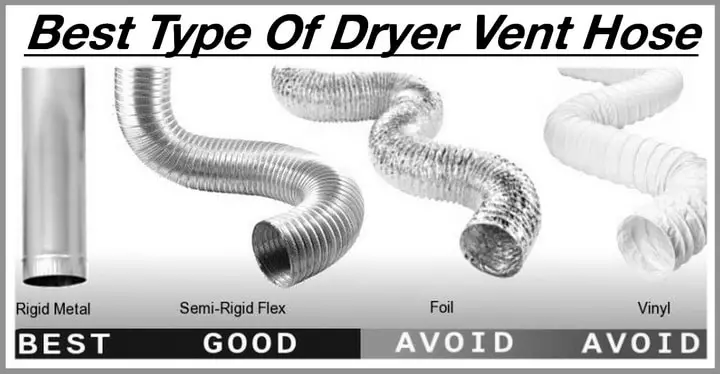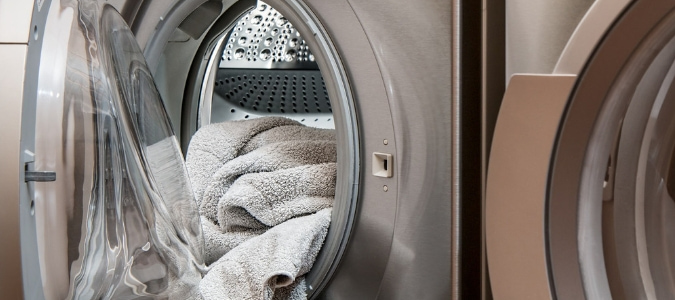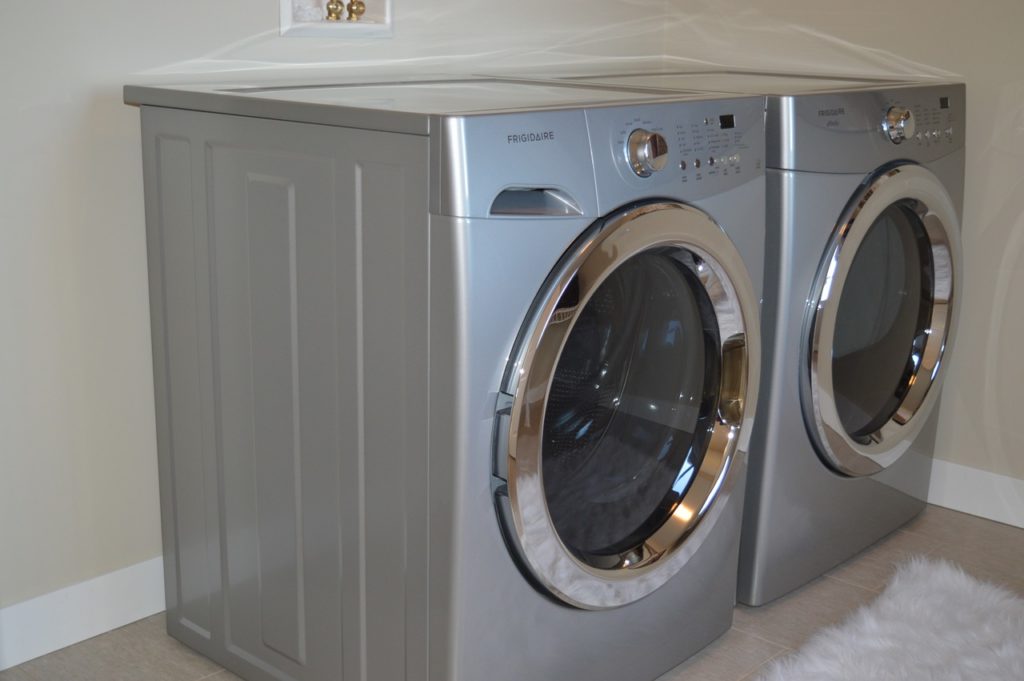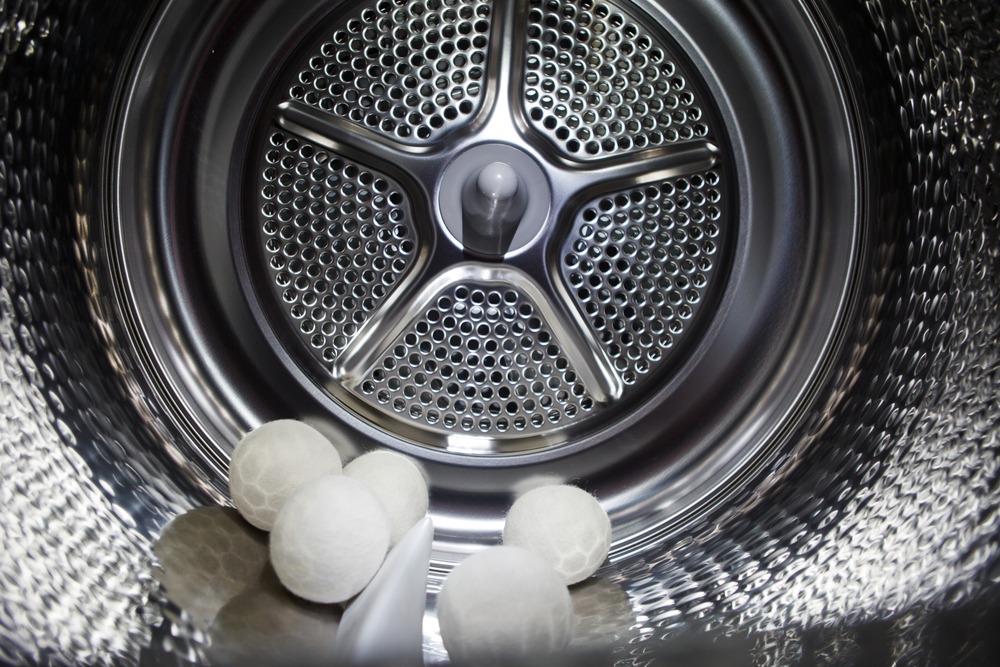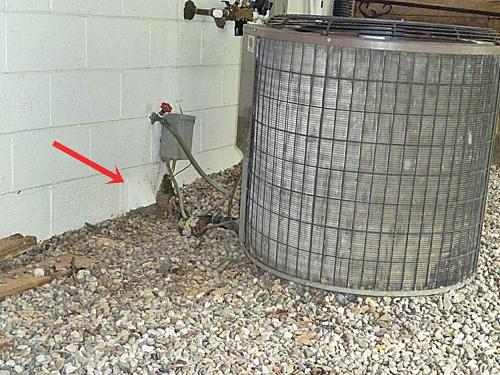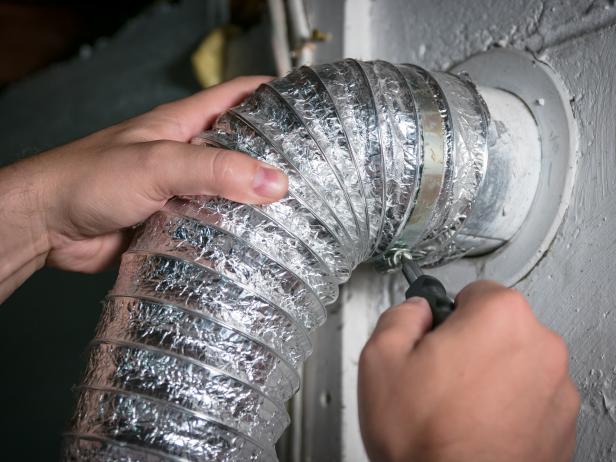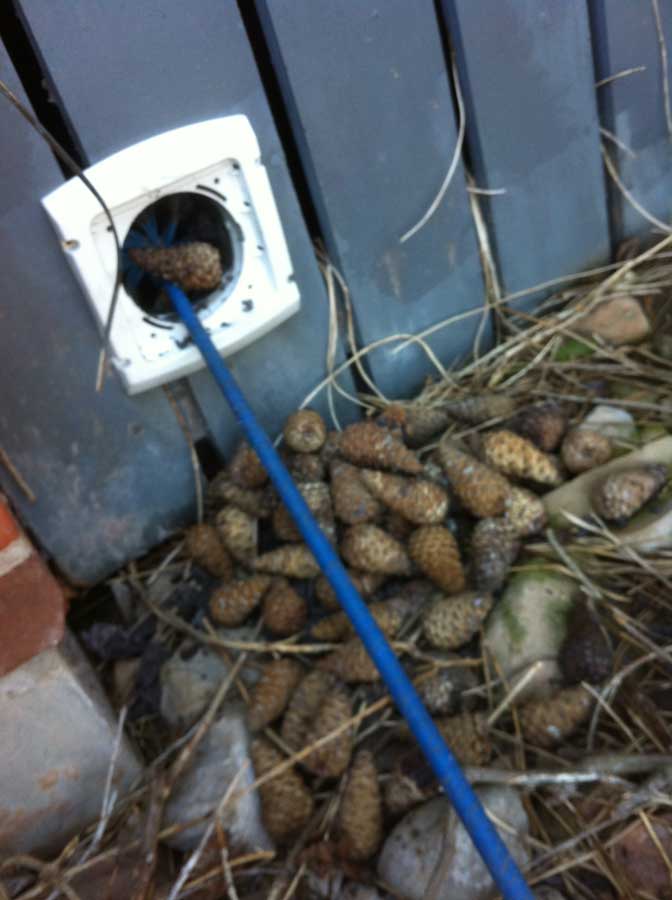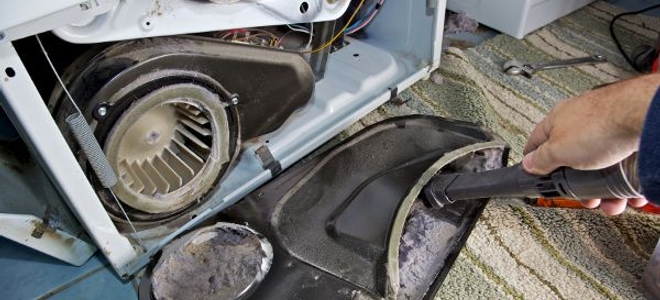How To Avoid Dryer Roof Vent Plugging

Difficulty cleaning dryer vent.
How to avoid dryer roof vent plugging. Possibly your fan is creating too much pressure and it s backing up inside the vent at the 180 and thus air is escaping through the pushing some lint down into that gap where it can get stuck. Place a rag around the end of a leaf blower to serve as a seal and slide the edge of the end of the leaf blower into the dryer vent. This is best implemented if a fixture rests close to the stack and the top floor of your home allowing the stack to serve as a vent. Try to get long radius elbows made just for dryer vents.
These are relatively new on the market. Keeping a clean dryer vent is much easier when you can safely reach the exit. Switch on the appliance and wait a few seconds for the built up lint to fly out of your vent. No screws may be used to secure the pipe joints.
These terminals need to be cleaned on a regular basis to prevent lint buildup. Dryer vents should always be vented through the side of the house and not vented through the roof and ideally the exit should be fairly close to the ground. Instead install a recessed box in the wall and use a semi rigid aluminum flexible vent connector. True vents also have no water running through them.
Blow lint out of the parts of the line you can t reach using a leaf blower. The true vent is aligned vertically and attaches to your drain line through the roof. The lint that has built up over the past few months or year affects not only the operation of your dryer vent but can also be a fire hazard. Dryerjacks are the first roof vents designed to meet the more stringent venting requirements of dryer exhaust systems.
If lint builds up near the outlet vacuum it out. Unlike the vents shown above left the dryerjack affects airflow by less than 01 water column inches of pressure. Do not use vinyl flexible vent at the dryer connection. A better roof termination.
Go in the house and blow from the dryer toward the outside vent. There are many possible parts of the roof potentially leaking but one of the most common ones is the area around the roof vent. Blow out the lint with a leaf blower for a quick solution. The roof vent pipe is installed cut through the roof and around the pipe attached to the roof is surrounded with rubber boot as insulation for the gap between the pipe and roof.









